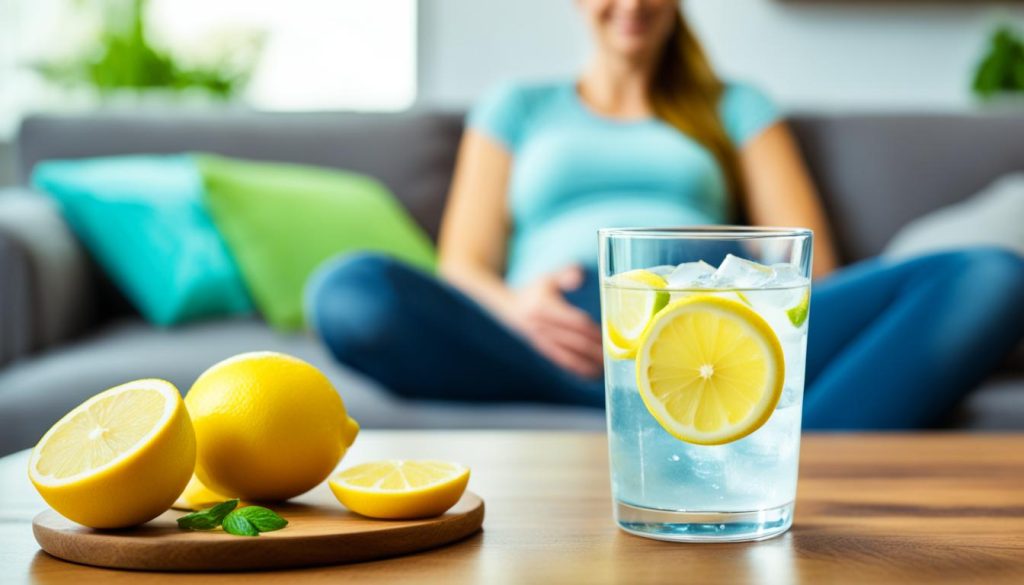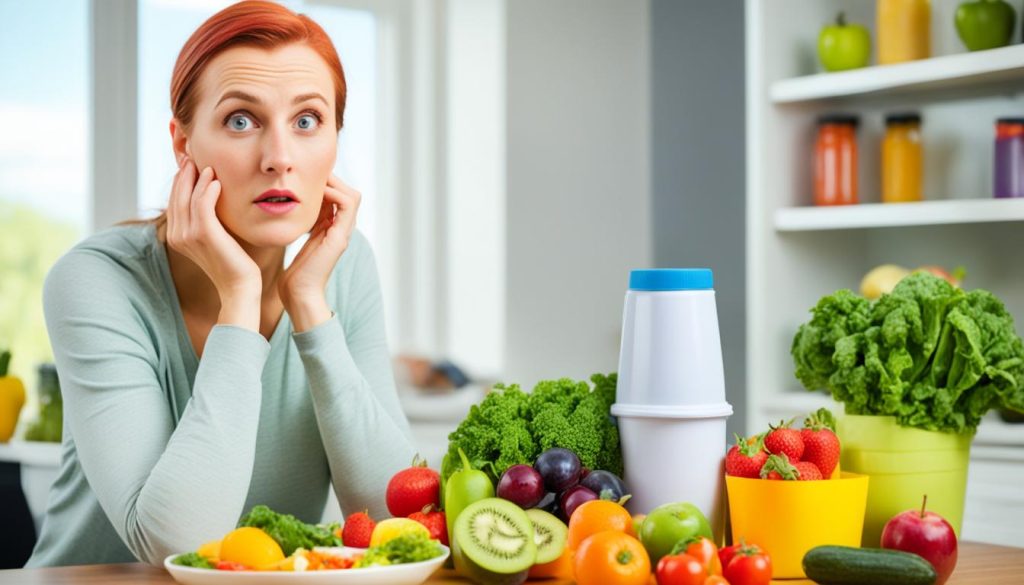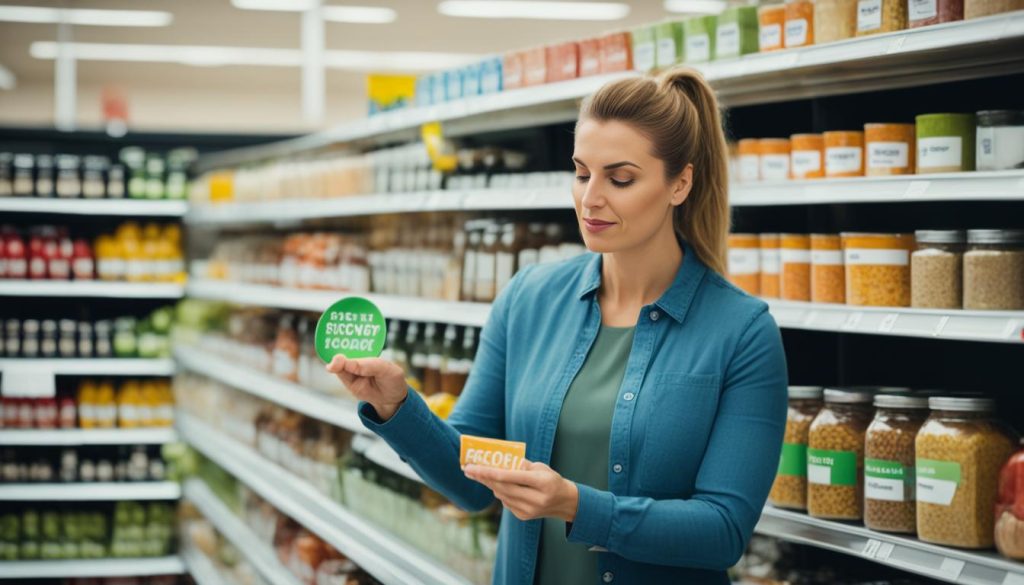After recovering from a stomach virus, many people wonder when they can safely return to eating regular food. The answer depends on various factors, such as the individual, the severity of the symptoms, and how quickly the body recovers.
In the early hours of the virus, it is essential to focus on rehydration. Stick to ice chips to replenish fluids and electrolytes and prevent dehydration. As time progresses, you can gradually introduce clear liquids such as water, apple juice, or broth to provide nourishment and hydration.
After approximately 24 hours, you can consider incorporating the BRAT diet (bananas, rice, applesauce, toast) into your meals. These bland foods are gentle on the stomach and help facilitate digestion during the recovery process. Other options like plain crackers, grits, and oatmeal can also be included.
It’s important to listen to your body and progress slowly. Pay attention to how different foods and liquids make you feel. Avoid irritating foods like caffeine, fried or fatty foods, and alcohol, as they can worsen the digestive symptoms and delay your recovery.
While most people can usually resume their normal diet within a week, individual recovery times may vary. It’s crucial to be patient, allow your body to heal, and adjust your diet based on how you feel. If symptoms persist or worsen, it is recommended to consult a healthcare professional for further evaluation and treatment.
When Can I Start Eating Regular Food After Stomach Virus?
Hydration and Recovery Process
When recovering from a stomach virus, proper hydration is essential for the body’s recovery process. Hydration helps prevent dehydration, which can worsen symptoms and delay healing. It is crucial to replenish lost fluids by consuming clear liquids at regular intervals.
In the early hours of the virus, sucking on ice chips or popsicles can help with rehydration. These frozen treats provide a refreshing way to replenish fluids. Clear liquids such as water, apple juice, or broth can be introduced after about 6 hours. It’s important to drink small amounts frequently to stay hydrated without overwhelming the stomach.
Importance of Hydration
Hydration supports the recovery process in several ways:
- It helps flush out toxins and waste products from the body.
- Proper hydration keeps the body’s organs functioning optimally.
- It aids in maintaining electrolyte balance, which can be disrupted during a stomach virus.
- Hydration supports the body’s immune response, helping to fight off the virus.
The recovery process can vary for each person depending on the severity of the virus and individual factors. It’s important to listen to your body and progress at your own pace. If symptoms worsen or dehydration persists even after incorporating clear liquids for 6 hours, it is advisable to consult a doctor or go to the emergency room for IV fluids.
Staying hydrated is crucial during the recovery process, and it’s important to prioritize clear liquids. These fluids provide essential hydration while giving the stomach time to heal. Remember to drink small amounts frequently and to monitor your body’s response to ensure a successful recovery.

| Liquid | Description |
|---|---|
| Water | The most basic and essential fluid for hydration. |
| Apple Juice | Provides hydration and a natural source of vitamins. |
| Broth | Contains essential nutrients and is easy to digest. |
The BRAT Diet
After 24 hours of a stomach virus, the BRAT diet (bananas, rice, applesauce, toast) is often recommended. These bland and gentle foods are easy on the stomach and help ease digestion. The BRAT diet provides essential nutrients and can be supplemented with other bland options such as crackers, plain grits, and plain oatmeal. It’s important to start slowly and pay attention to how these foods and liquids make you feel. The progression to solid foods depends on the improvement of symptoms and the response of the stomach.
The BRAT diet is designed to replace lost nutrients and provide easily digestible foods during the recovery process. By incorporating these foods into your diet, you can gradually reintroduce solid foods while ensuring a gentle transition for your stomach.

Sample Menu of the BRAT Diet
| Meal | Food Options |
|---|---|
| Breakfast | Bananas, toast with mild spread |
| Lunch | Rice with boiled or steamed vegetables, unsweetened applesauce |
| Snack | Saltine crackers |
| Dinner | Boiled or baked chicken breast, plain grits |
| Before Bed | Plain oatmeal |
Remember, every person’s recovery process is unique, and it’s essential to listen to your body. If you experience any discomfort or worsening of symptoms, it’s advisable to consult a healthcare professional for personalized guidance.
What to Avoid During Recovery?
During the recovery phase from a stomach virus, it is important to be mindful of the foods and drinks you consume to avoid further irritating your stomach. By avoiding certain foods and beverages, you can help alleviate discomfort and aid in a smoother recovery process.
Avoid Irritating Foods and Drinks
When recovering from a stomach virus, it is advised to stay away from the following:
- Caffeine: While caffeine can provide a boost of energy, it can also stimulate the digestive system and potentially cause irritation. However, if abruptly stopping caffeine intake leads to withdrawal headaches, it may be best to slowly reduce your intake rather than cutting it out entirely.
- Fried Foods: Foods that are deep-fried or heavily greased can be harder for the stomach to digest, potentially aggravating symptoms and prolonging the recovery process.
- Fatty Foods: High-fat foods, such as greasy meats or rich desserts, can be challenging for the digestive system to handle, which may lead to discomfort and a delay in healing.
- Spicy Foods: Spices and hot seasonings can irritate the stomach lining, causing further discomfort and potentially triggering symptoms to return.
- Alcohol: Alcoholic beverages can be dehydrating and put stress on the digestive system, making it harder for the body to recover from the stomach virus.
By avoiding these specific foods and drinks during the recovery period, you can give your stomach the time it needs to heal and minimize the risk of exacerbating symptoms.

Adjusting Your Diet as Needed
While it’s important to avoid the aforementioned foods and drinks, it is crucial to remember that individual tolerance may vary. Listen to your body and pay attention to how different foods make you feel. If you notice that certain items still cause discomfort or worsen your symptoms, it may be necessary to make further adjustments to your diet.
Additionally, if you have any concerns or questions about your recovery process, it is always wise to consult with a healthcare professional who can provide personalized guidance and recommendations.
Conclusion
Returning to a normal diet after a stomach virus is a personalized process. While most people feel better and resume their usual diet within a week, it’s important to take things slow and listen to your body. The timeline for reintroducing regular foods can vary based on individual recovery times and how quickly symptoms improve.
The BRAT diet can provide guidance during the recovery process, offering easily digestible foods to ease digestion. However, it’s essential to monitor how different foods make you feel and progress at your own pace. What works for one person may not work for another, so it’s important to be patient with your body’s individual recovery time.
If symptoms persist or worsen, it’s best to consult a healthcare professional or go to the emergency room for further evaluation and treatment. They can provide personalized advice and ensure that you’re on the right track to a full recovery.




